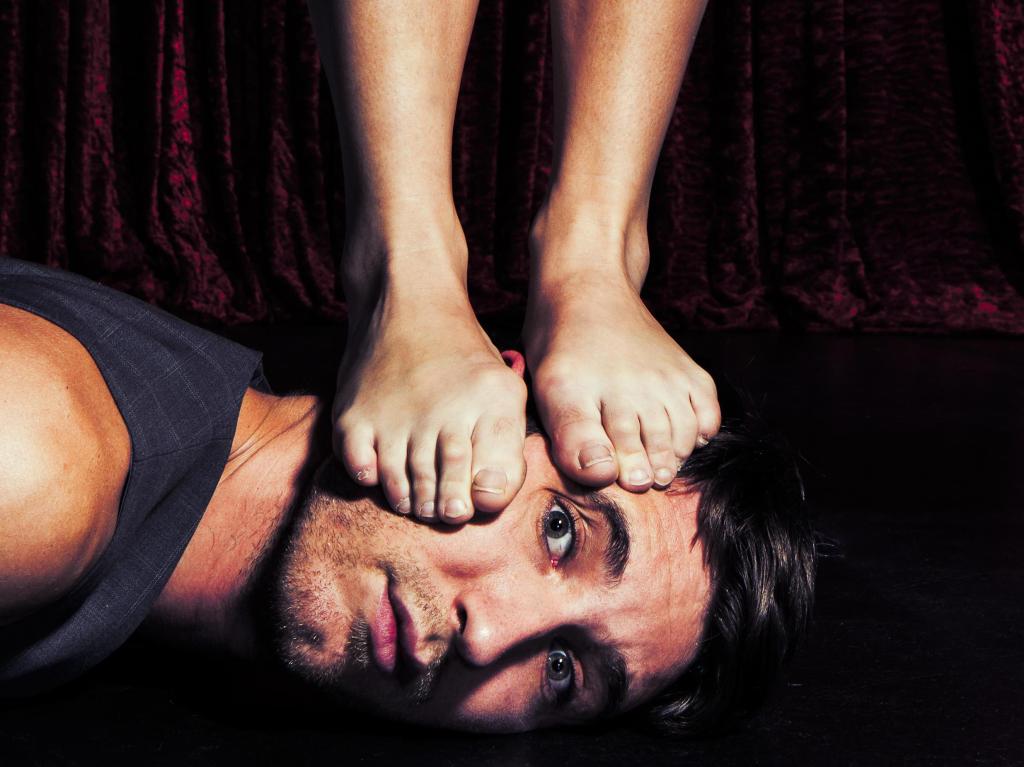Promotional image for the Casus production Knee Deep.
The simple act of trying and failing to turn a door knob was the first real indication for Casus Circus co-founder and ensemble member Emma Serjeant that a recent wrist injury she’d suffered was more serious than she’d realised.
‘I was taking a high level of anti-inflammatories, and I was training on it all the time because I didn’t really get much of a break, and because I was noticing that if I had a day off it was incredibly sore the next day; so I just kept it mobile, basically … At no point did I think “Oh, this is not good.” I just thought it was a sprain, and I know that [sprained] wrists and fingers take ages. And we were in a pretty gruelling schedule so I didn’t give it a second thought until that door-handle moment when I went “Hang on a minute, something’s really not right”,’ she told ArtsHub.





